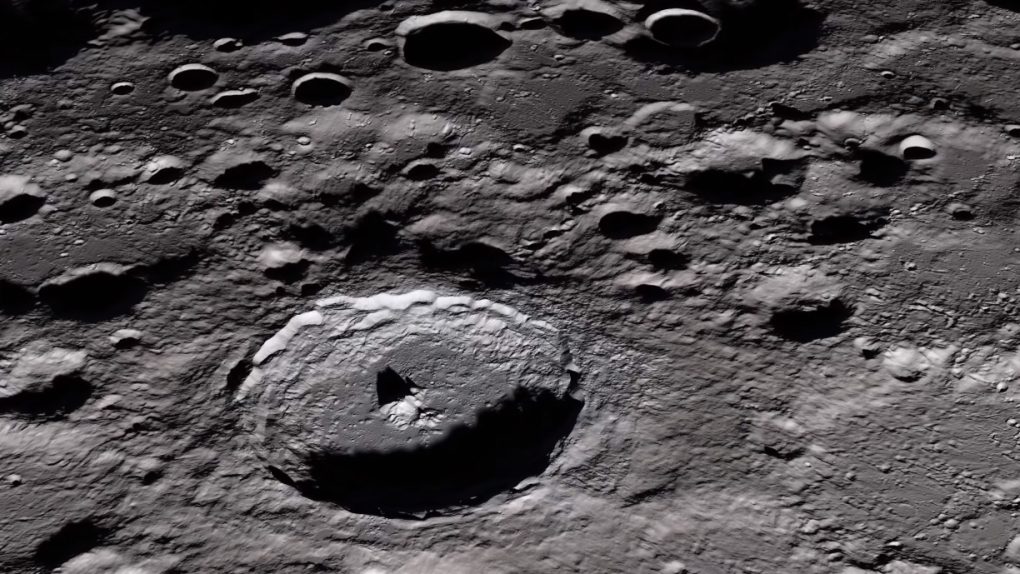- The Moon’s mysterious disappearance from the sky in the year 1100 is just now getting an explanation by scientists.
- It’s believed that volcanic activity on Earth tossed ash high into the sky and obscured the view of the Moon.
- Researchers suspect a volcano in Japan was responsible.
- Visit BGR’s homepage for more stories.
is a constant. It rises night after night and, assuming you have a view unobstructed by weather or geography, it’s hard to miss. So, you can understand why, in the year 1100 when the Moon appeared to disappear from the sky, people were rather concerned. The Moon’s bizarre disappearing act was documented observers, and scientists may have just figured out what exactly happened.
In a new study published in Scientific Reports, researchers offer an interesting explanation for why the Moon appeared to vanish, and they think volcanos on Earth were to blame.
One description of the event, written in the Anglo-Saxon Peterborough Chronicle, paints a crystal clear picture of what observers saw when they gazed skyward.
“On the fifth night in the month of May appeared the moon shining bright in the evening, and afterwards by little and little its light diminished, so that, as soon as night came, it was so completely extinguished withal, that neither light, nor orb, nor anything at all of it was seen,” the account reads. “And so it continued nearly until day, and then appeared shining full and bright. All the night was the firmament very clear, and the stars over all the heavens shining very bright.”
The Moon, it appeared to those who observed it, disappeared and then reappeared before their eyes, while distant stars remained bright and luminous. That’s certainly an odd phenomenon, but the researchers were able to draw a link between the strange sighting and an increase in volcanic activity confirmed by ice core samples and tree ring data.
The team notes that volcanic material deposits that would have settled between the years of 1108 and 1113 were found in ice samples, pointing to “forgotten” volcanic activity that may explain the Moon’s sudden disappearance. Material shot skyward by a volcanic eruption can remain aloft for years, producing what is called a stratospheric aerosol veil made up of tiny particles that would have obscured the dim glow of the Moon while allowing bright starlight to penetrate it.
The study also includes references to ancient accounts of poor crop yields and bad weather that could also be attributed to the volcanic ash in the atmosphere and the settling of volcanic debris across a large area.
It remains unknown exactly what volcano erupted, but one of the team’s strong suspicions is that Mount Asama in what is today central Japan may be one of the culprits. It’s also possible there were multiple undocumented eruptions at more than one location, but the jury is still out on that particular detail.








